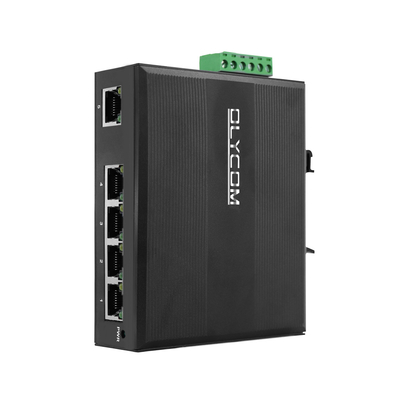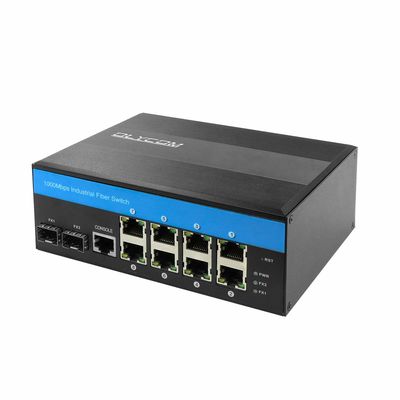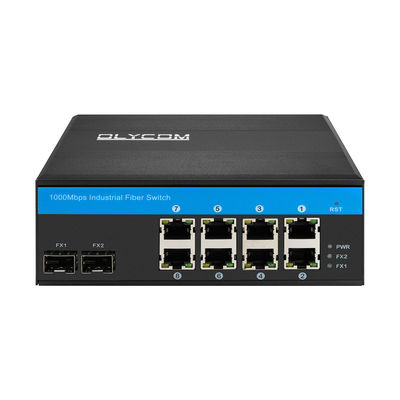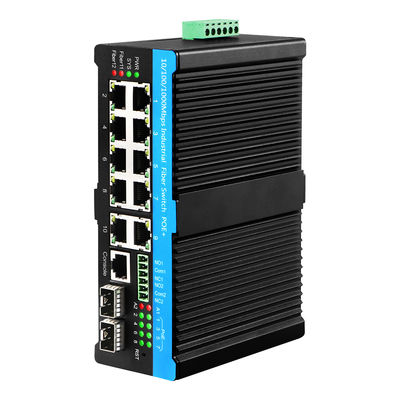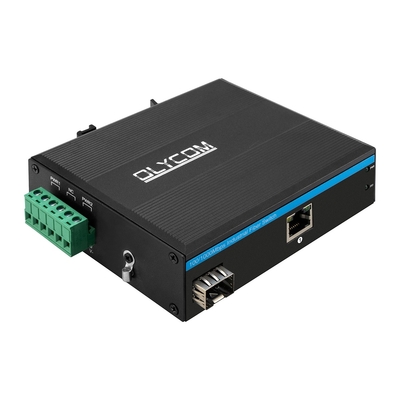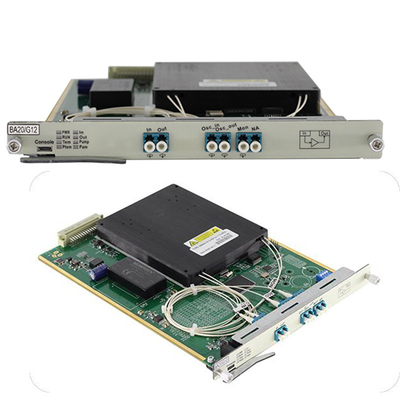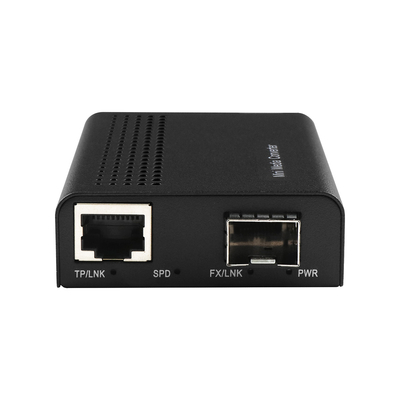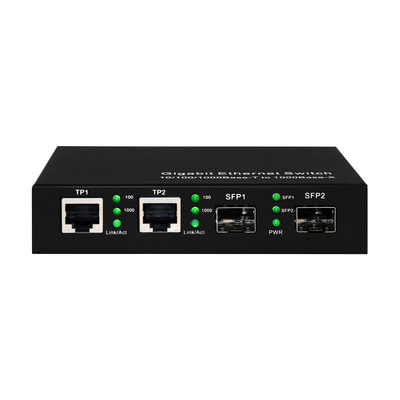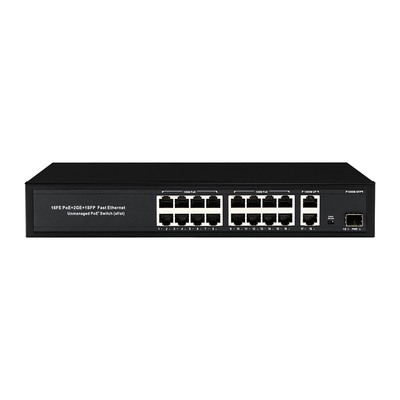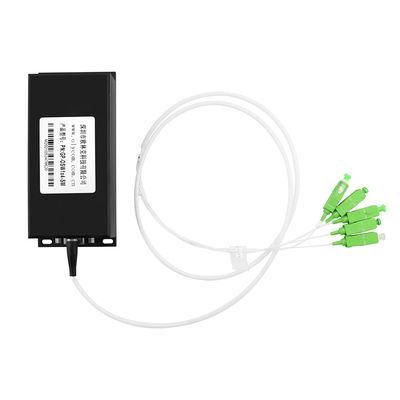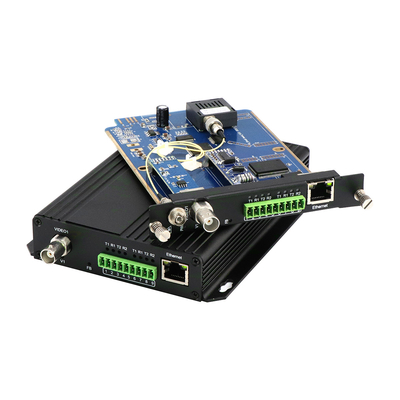Key differences between managed and unmanaged switches
Obviously, the main difference between managed and unmanaged switches is: how they are managed. With a managed switch, network administrators have more flexibility to control, manage, prioritise and prioritise LAN traffic. However, an unmanaged switch works more like a plug-and-play switch, allowing LANs to communicate with each other without user intervention.
The following points will help you better understand other key differences between managed and unmanaged switches.
Configuration freedom:
Managed Switches are a network that allows users to manage, configure and monitor LANs. they allow users to create new LANs and isolate smaller devices and help users to manage traffic efficiently. Managed network switches have advanced features, such as allowing users to recover data in the event of a device or network failure. They also allow data recovery.
Unmanaged switches may be easy to use, but they have a fixed configuration, which means you can't change the network. This is why it is most commonly used by start-ups with limited data exchange.
Performance management.
Unmanaged switches are plug-and-play switches. They have built-in QoS services, ensuring they are easy to set up and practical. However, managed switches allow you to manage performance through priority channels. It uses protocols such as Simple Network Management Protocol (SNMP) to monitor the performance of all devices connected to the LAN on the Ethernet.

The managed switch also uses SNMP to analyse the current performance of devices on the network through an easy-to-understand graphical interface. In addition, SNMP supports remote management of connected devices and networks without the need for physical intervention on the switch
Security features:
Unmanaged switches have basic security features, such as the ability to shut down ports, which ensures basic security and helps to avoid any form of direct tampering with the device. However, managed switches have advanced features to help identify active threats and shut them down in a timely manner, as well as protect data and control.
Cost:
Unmanaged switches are cheaper and easily accepted, while managed switches are a little more expensive due to their higher functionality.
How do I choose between an unmanaged switch and a managed switch?
Here are a few tips to help you make the right choice.
Scalability: Are you planning to expand your business and network in the future? If so, then you may need several managed switches that can be manually configured and are scalable.
Performance and speed: If you are a start-up company looking to minimise your upfront investment, an unmanaged switch is the best option. However, if you regularly need to transfer large amounts of data, a managed switch is a better choice.
Security: Although the data transmitted over the network is limited, this information can be sensitive and you don't want it to be tampered with. In this case, a managed switch is the best choice.
If you need OLYCOM industrial unmanaged switch or industrial managed switch, please contact us.


 Your message must be between 20-3,000 characters!
Your message must be between 20-3,000 characters! Please check your E-mail!
Please check your E-mail!  Your message must be between 20-3,000 characters!
Your message must be between 20-3,000 characters! Please check your E-mail!
Please check your E-mail! 
